Understanding the Divide Between Project Operations and Financial Planning
Successful project delivery demands more than just managing schedules and resources—it requires bridging the critical gap between operational realities and financial forecasts. This article explores how integrating risk management, financial forecasting, and emerging technologies revolutionizes project outcomes by aligning day-to-day execution with strategic financial goals.
The Importance of Integrating Risk Management with Financial Forecasting
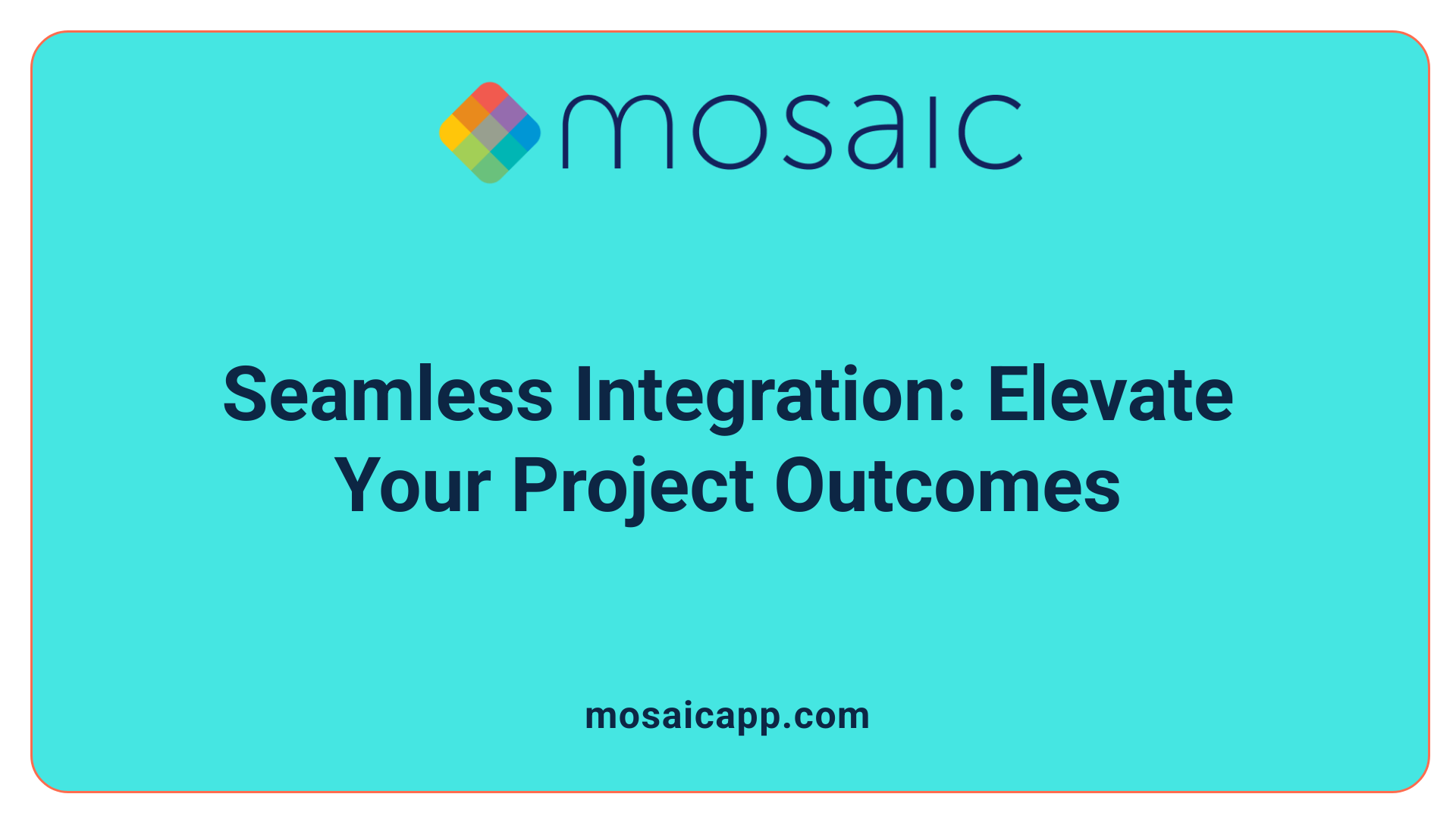
What Are the Benefits of Integrating Risk Management and Financial Forecasting?
Integrating risk management with financial forecasting in project management significantly enhances the ability to anticipate and mitigate potential challenges. This integration improves the accuracy of financial predictions and strengthens the identification and evaluation of risks, allowing project teams to allocate resources more efficiently and avoid unexpected cost overruns.
How Does Integration Offer a Comprehensive View of Project Performance?
By combining risk management with financial forecasting, organizations gain a holistic perspective of both potential threats and financial health. This approach provides real-time insights into project budgets, resource allocation, and evolving risks. Emerging technologies like AI, machine learning, and big data analytics enable this comprehensive view by supporting dynamic decision-making that adapts to new information promptly.
What Is the Impact on Project Outcomes?
Projects that employ integrated risk and financial management tend to deliver better outcomes, including on-time completion and staying within budget. This integration supports continuous monitoring and early detection of issues, which facilitates proactive responses and minimizes negative impacts on the project’s financial viability and strategic alignment. Case studies across industries—from construction to technology—highlight the success of this approach in improving project delivery and profitability.
Emerging Technologies Transforming Risk and Financial Planning
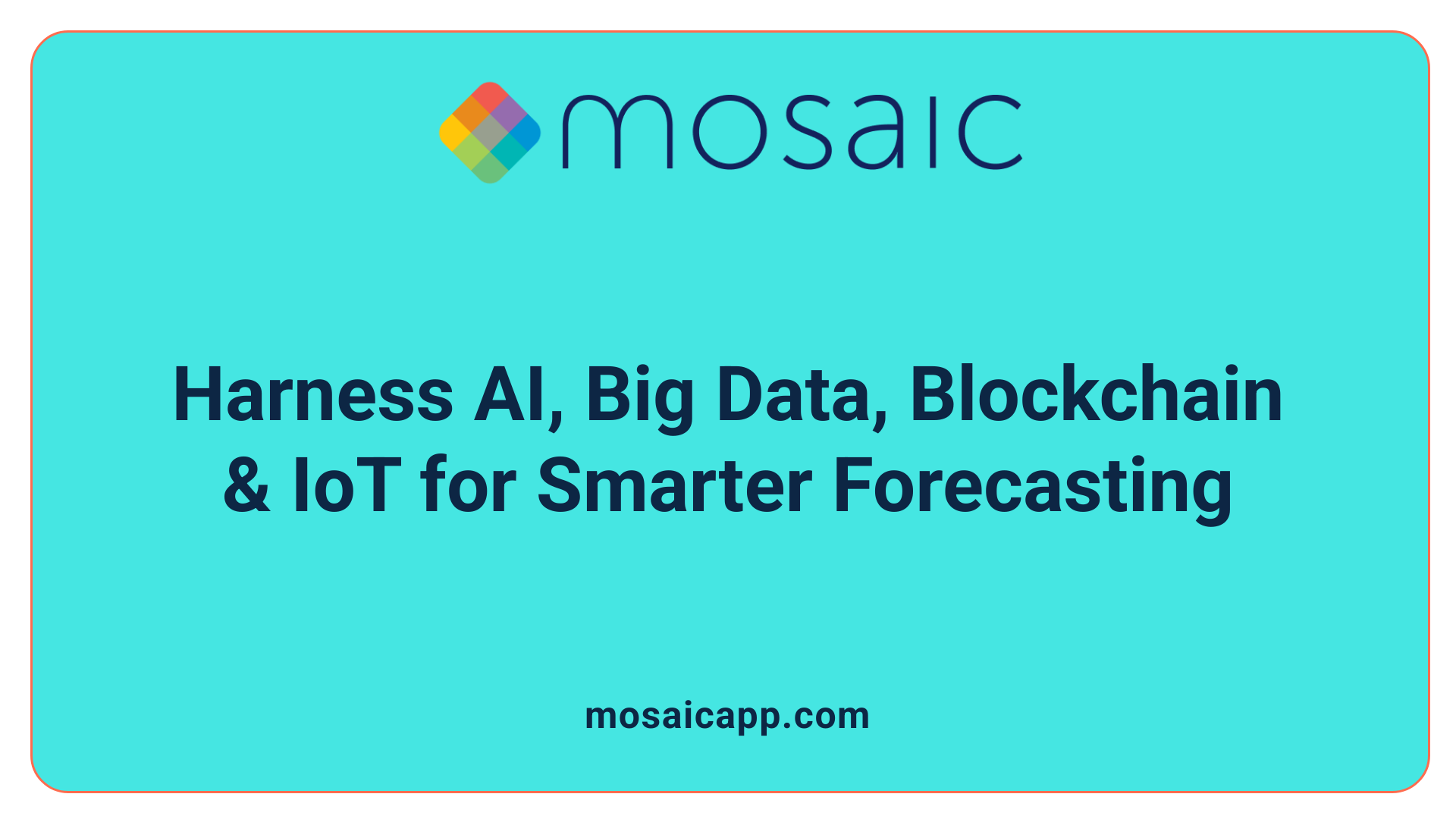
How Do AI and Machine Learning Advance Risk Evaluation and Financial Predictions?
Artificial Intelligence (AI) and Machine Learning (ML) are revolutionizing how organizations evaluate risks and forecast financial outcomes. These technologies analyze vast amounts of data with sophisticated algorithms, enabling dynamic and adaptive decision-making. By spotting patterns and trends that humans might miss, AI and ML improve the accuracy of risk assessments and financial models, making predictions more responsive to changing conditions.
In What Ways Does Big Data Analytics Improve Risk Identification and Forecast Accuracy?
Big data analytics processes large and diverse datasets from numerous sources, enriching an organization's understanding of emerging risks. This extensive data processing allows for improved identification of potential threats that could impact project success. Additionally, by feeding more comprehensive information into financial forecasting models, big data analytics helps produce more precise projections, leading to better-informed strategies.
How Does Blockchain Enhance Transparency and Security in Risk and Financial Data?
Blockchain technology introduces a decentralized and tamper-proof ledger system, which significantly enhances the transparency and security of risk and financial data. Its ability to reduce errors and fraud, combined with automation capabilities through smart contracts, strengthens the reliability of project financial management. This secure data environment fosters greater trust and efficiency among stakeholders.
How Does IoT Enable Real-Time Data Collection for Risk and Financial Tracking?
Internet of Things (IoT) devices supply continuous real-time information on equipment status, environmental factors, and material usage. This immediate data stream facilitates early detection of operational risks and allows for timely adjustments. Concurrently, IoT supports accurate financial tracking by providing up-to-date usage and resource data, which directly influences budgeting and cost control efforts.
The synergy of these emerging technologies delivers a comprehensive and interconnected approach to risk management and financial forecasting, empowering projects to achieve improved outcomes through enhanced data quality, agile decision-making, and operational transparency.
Bridging Organizational Silos with Integrated Project Financial Management
What challenges arise from organizational silos and data quality issues?
Organizational silos often isolate project management and finance functions, leading to disconnected processes, misaligned objectives, and inefficient data sharing. This fragmentation results in poor data quality, delayed reporting, and limited visibility into project costs and risks. Such barriers hinder proactive risk management and accurate financial forecasting.
Why is aligning project managers and finance teams important?
Closer alignment between project managers and finance teams fosters greater transparency over project expenses, resource allocation, and risk mitigation efforts. When both teams collaborate effectively, they improve on-time and on-budget delivery by sharing real-time data and insights. This partnership enables adaptive decision-making and enhances overall project outcomes.
How do modern tools facilitate real-time decision-making and collaboration?
Modern platforms like Microsoft Dynamics 365 Project Operations integrate project financials and operational data in a single system, eliminating silos and enabling immediate access to budgets, resource utilization, and performance metrics. Features such as real-time cost tracking, automated invoicing, and AI-driven analytics empower teams to forecast project costs accurately, detect risks early, and adjust plans dynamically. These tools support continuous collaboration and facilitate seamless communication between project and finance teams, promoting agility and improved financial accuracy in project management.
Adapting Financial Management for Agile and Hybrid Project Environments

What are the limitations of traditional financial models in Agile contexts?
Traditional project financial management relies on assumptions of predictability and a fixed project scope. This model fits well with waterfall approaches but struggles in Agile environments that prioritize flexibility and rapid iteration. Agile projects often experience changing priorities and dynamic requirements, causing traditional financial methods to fall short in accommodating ongoing scope changes and incremental delivery.
How do rolling forecasts and outcome-based metrics support Agile financial management?
Rolling forecasts play a pivotal role by providing updated financial projections, typically spanning 12 to 18 months, that incorporate recent performance data. This continuous adjustment enhances organizational agility and enables finance teams to align budgets with evolving project realities. Outcome-based metrics focus on value delivery rather than fixed cost targets, fostering flexibility in budgeting to support incremental project outcomes instead of rigid financial plans.
What challenges do hybrid approaches introduce, like scope creep and unpredictable expenses?
Hybrid project management blends traditional waterfall phases with Agile iterations, creating unique complexities for financial management. Scope creep is common, leading to unpredictable expenses that disrupt fixed budgeting. This environment makes standard financial reporting difficult, requiring more dynamic, collaborative approaches to budgeting and forecasting. Teams must work closely to manage uncertainty and balance flexibility with fiscal control, often employing integrated tools and cross-functional governance to address these hurdles effectively.
Technological Solutions Enhancing Financial and Operational Integration
What features does Microsoft Dynamics 365 Project Operations offer?
Microsoft Dynamics 365 Project Operations (ProjectOps) is a comprehensive platform designed to unify project financials and operational data. It consolidates budgets, resource allocation, and project performance metrics into a single system, eliminating data silos. Key features include real-time cost tracking and budget monitoring, which offer immediate visibility into expenses, helping prevent budget overruns. The platform integrates automated invoicing and revenue recognition to streamline billing processes and ensure compliance with accounting standards. Additionally, its resource management tools provide a holistic view of workforce utilization and profitability, facilitating strategic planning.
How do unified platforms benefit project financial and operational management?
Unified platforms like ProjectOps enhance collaboration between finance and project management teams by housing all relevant data in one centralized location. This integration improves data quality and accessibility, enabling real-time decision-making that aligns financial goals with project execution. By reducing manual reconciliation and administrative overhead, these platforms increase efficiency and profitability. They also support more accurate forecasting of project costs and revenues, which is critical for maintaining projects on time and within budget.
In what ways do AI-driven analytics and automated invoicing improve efficiency and accuracy?
AI-powered analytics within ProjectOps deliver advanced forecasting capabilities by analyzing vast quantities of project and financial data to pinpoint potential budget overruns and optimize delivery strategies. These insights enable dynamic and adaptive decision-making that responds to evolving project conditions. Automated invoicing reduces human errors and accelerates billing cycles, ensuring timely revenue recognition and enhancing cash flow management. Together, these technologies streamline operations, improve financial accuracy, and support a more proactive approach to project and financial management.
Innovations in Integrated Budgeting and Forecasting Practices
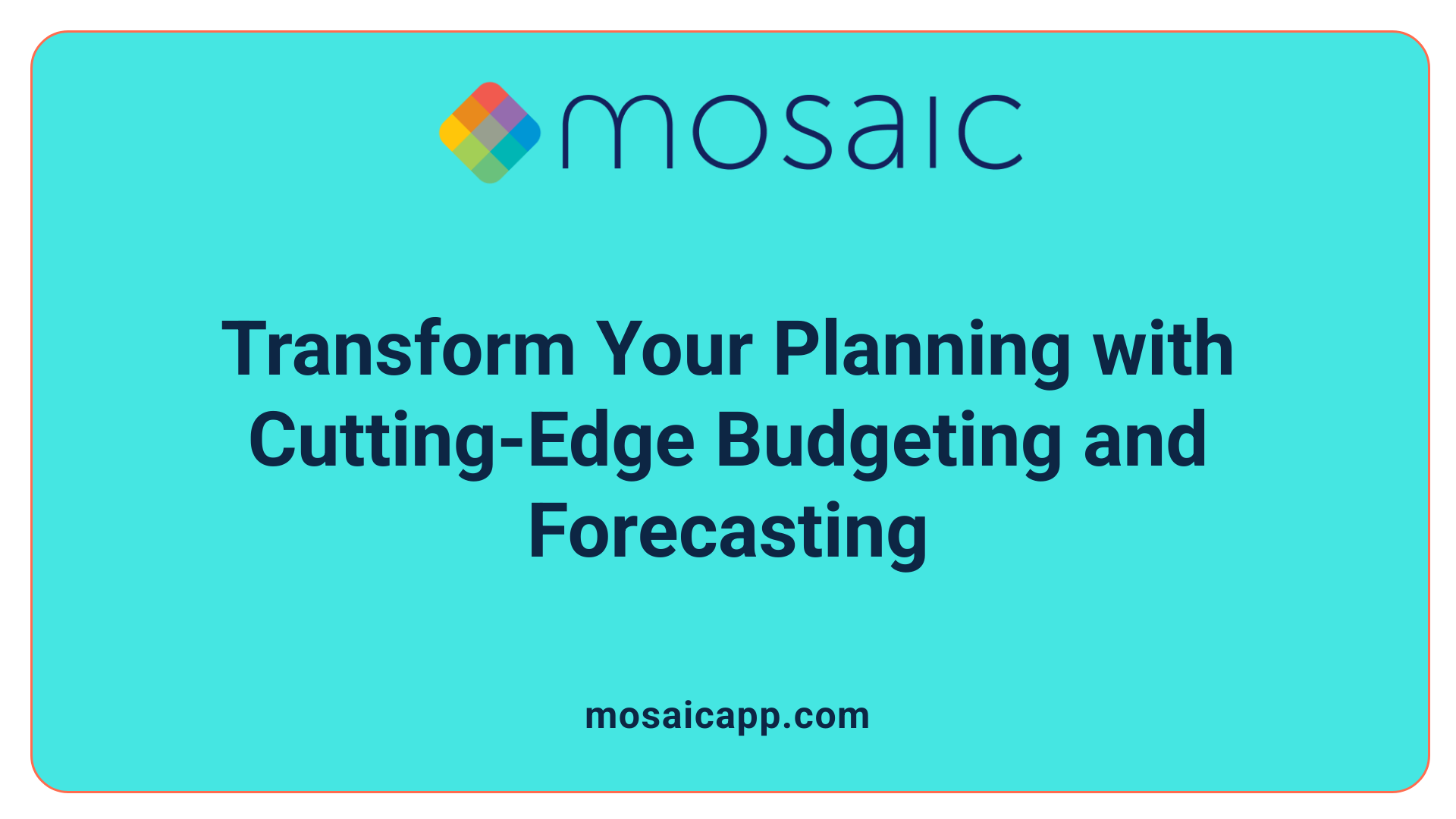
Why is continuous integrated planning important?
Continuous integrated planning bridges the gap between budgeting and forecasting, transforming them from isolated events into an ongoing process. When organizations merge these functions, they improve agility and resource allocation by continuously updating financial insights in response to real-time data. This approach fosters accurate decision-making, enabling businesses to respond swiftly to shifting market and operational conditions. Traditional separate management of budgets and forecasts often leads to delays and inefficiencies that hinder organizational responsiveness.
How do rolling 12-18 month forecasts linked to actuals enhance decision-making?
Rolling forecasts typically cover a 12 to 18-month horizon and are updated regularly, linking recent actual financial results with forward-looking projections. This continuous update cycle provides a dynamic view of the organization's financial landscape beyond the fixed annual budget. By constantly refreshing assumptions and forecasts based on the latest data, organizations can anticipate challenges and opportunities, reducing surprises and improving strategic planning accuracy.
What capabilities do modern FP&A software and scenario modeling offer?
Advanced Financial Planning and Analysis (FP&A) software enables seamless integration of diverse data streams and supports scenario modeling to anticipate various future conditions. Tools like Lumel Enterprise Performance Management facilitate collaborative input across departments, ensuring forecasts reflect multiple perspectives. Scenario analysis, such as sensitivity testing or Monte Carlo simulations, helps in evaluating potential risks and financial outcomes, preparing organizations for a range of scenarios rather than a single predicted future.
How does regular variance analysis help refine forecasts?
Performing variance analysis involves comparing actual financial results against budgets and forecasts to identify deviations. Regularly reviewing these differences reveals the factors driving discrepancies, whether due to external market changes or internal execution issues. Insights from variance analysis inform continuous improvement in both forecasting assumptions and budgeting processes, closing the feedback loop and enhancing financial accuracy over time.
| Innovation Aspect | Description | Benefits |
|---|---|---|
| Continuous Integrated Planning | Merges budgeting and forecasting into a dynamic process | Enables agility, improves resource allocation, enhances real-time decisions |
| Rolling 12-18 Month Forecasts | Regularly updated forecasts linked to actual financial data | Provides timely insights, reduces surprises, supports strategic alignment |
| Modern FP&A Software | Integrates data, supports collaboration, enables scenario modeling | Enhances forecast accuracy, supports multiple what-if scenarios, encourages cross-functional input |
| Variance Analysis | Ongoing comparison of actuals with forecasts and budgets | Identifies forecast deviations, drives continuous improvement, informs strategy adjustments |
Strategic Resource Forecasting to Support Financial and Operational Goals
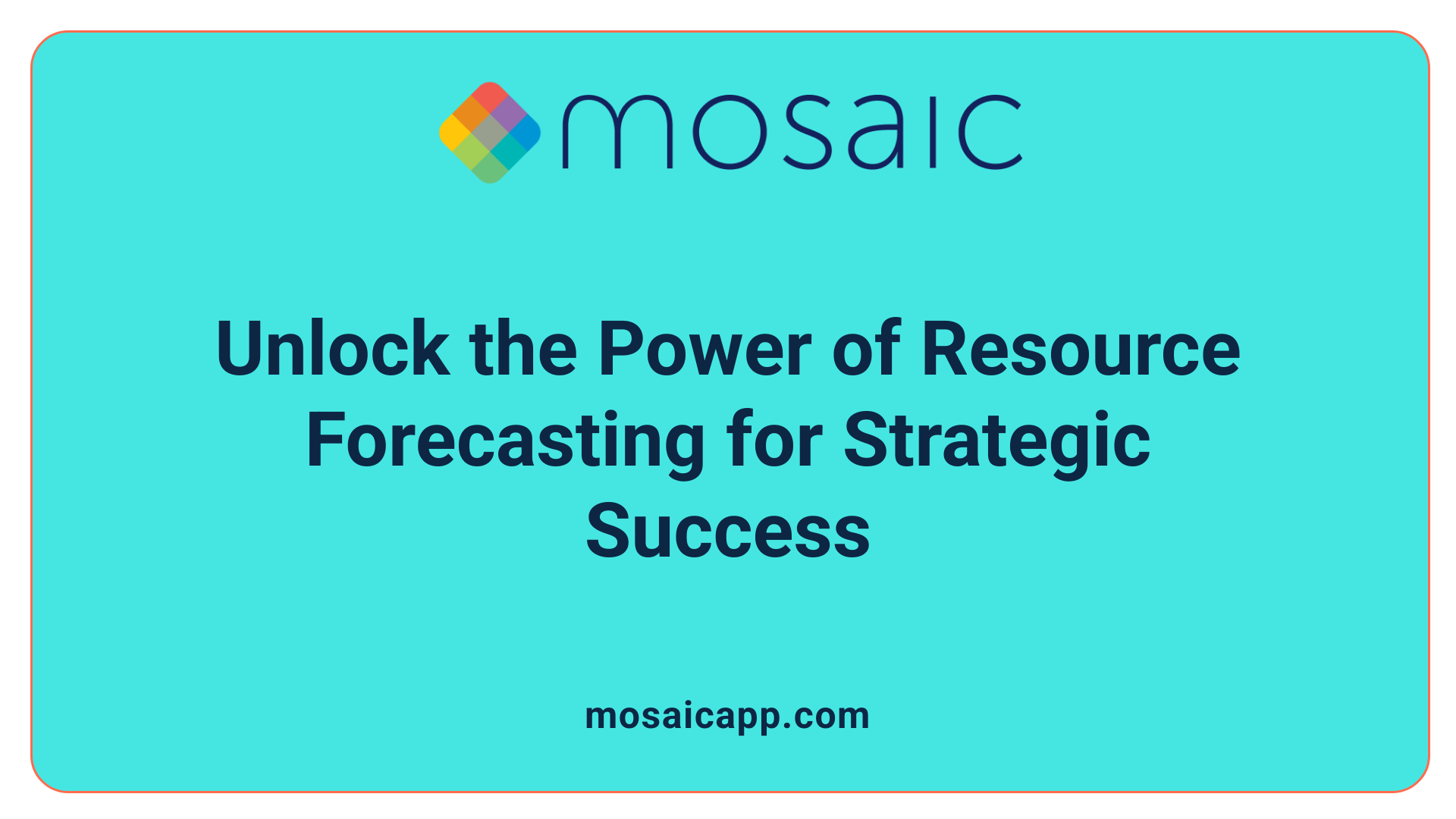
What Are Resource Forecasting Techniques and Their Benefits?
Resource forecasting involves predicting metrics such as resource demand, supply, utilization, and costs over a defined period. Various methods support these forecasts, including the Delphi Technique, Nominal Technique, Brainstorming, Trend Analysis, Time Series, Ratio Analysis, and Scatter Plot. Each technique suits different forecasting contexts—from expert consensus gathering to data-driven trend evaluation.
The benefits of resource forecasting are significant. It reduces project costs by enabling better resource allocation and prevents last-minute hiring. Maximizing the utilization of resources ensures that both billable and strategic tasks receive adequate workforce attention. Forecasting also helps manage project pipelines and financials efficiently by providing early warnings.
How Does Resource Forecasting Impact Cost Control and Maximizing Utilization?
Accurate resource forecasting directly influences cost control. By predicting resource needs ahead of time, organizations can avoid sudden excesses or shortages, which often lead to unnecessary expenses. This foresight supports proactive adjustments like training or rescheduling, thereby maintaining budget discipline.
Additionally, forecasting optimizes the balance between billable hours and strategic work. Organizations like Scott Automation have demonstrated success by using advanced forecasting tools to manage their workforce effectively across multiple countries. These practices maximize resource utilization rates and contribute to financial stability.
Why Is Multidimensional Capacity Versus Demand Analysis and Scenario Modeling Important?
Multidimensional capacity versus demand analysis allows organizations to compare available resources against project needs across several factors, such as skill sets, locations, and timelines. This comprehensive view helps identify gaps and surpluses, informing strategic actions.
Scenario modeling enhances this by simulating "what-if" scenarios, enabling decision-makers to anticipate potential challenges and evaluate different strategies before implementation. Modern resource forecasting software like SAVIOM supports these capabilities, offering insights like capacity vs. demand reports, bench and vacancy analysis, and simulation tools to improve forecast accuracy and informed decision-making.
By integrating these forecasting practices with financial and operational planning, organizations improve agility, optimize resource use, and align projects more closely with strategic goals.
Cultivating Collaboration and Cultural Shifts for Sustainable Integration
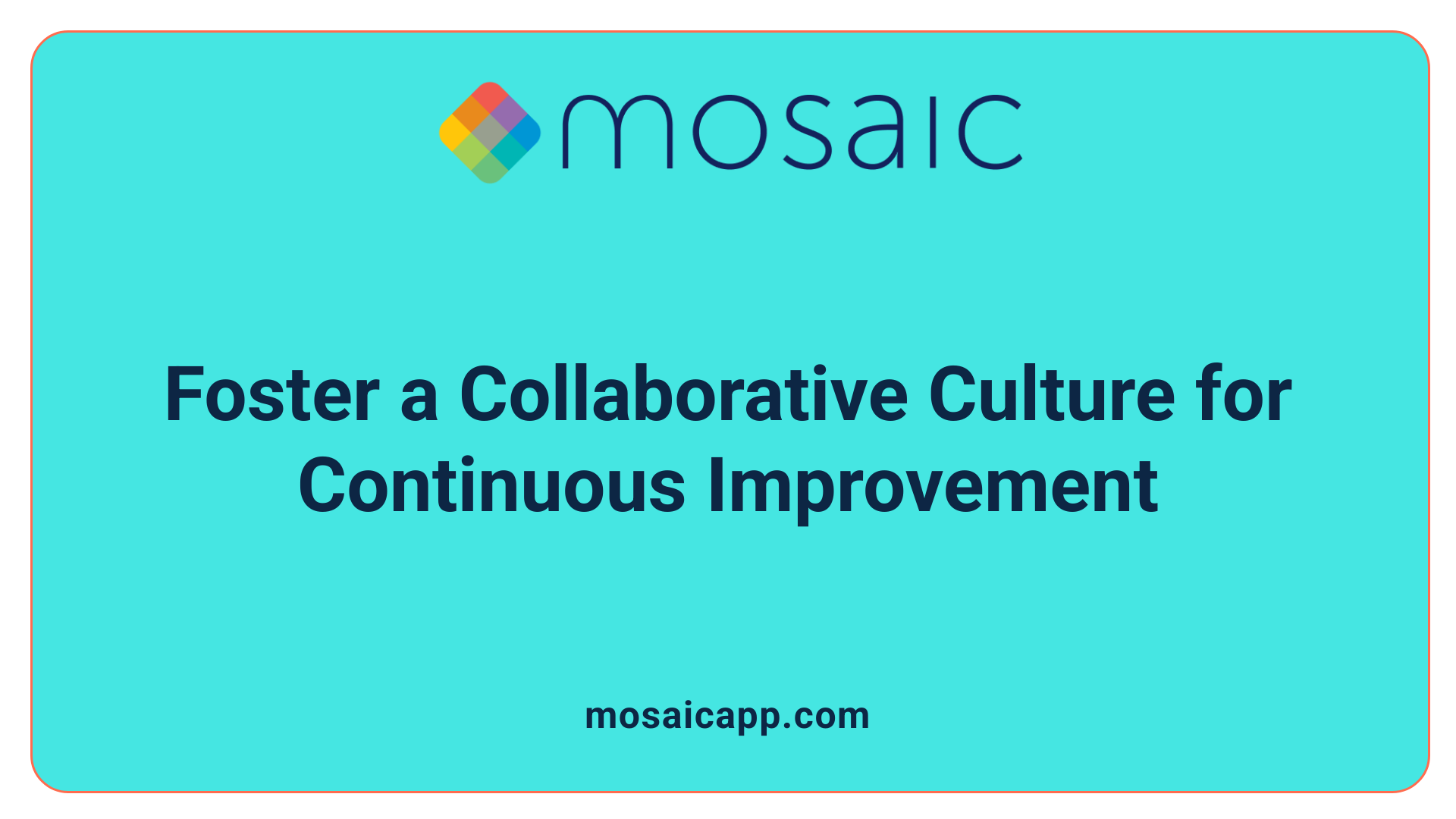
Why is cultural change essential for integrating risk management and financial forecasting?
Integrating risk management with financial forecasting isn't solely a technical challenge; it requires a fundamental cultural shift within organizations. Traditional silos between finance, operations, and project management often inhibit collaborative decision-making. Embracing a culture that promotes openness, shared accountability, and adaptive processes is crucial for sustainable integration. Such a cultural transformation enables teams to overcome resistance, prioritize shared goals, and continuously improve workflows.
How do shared KPIs and defined roles support integration?
Clear roles and responsibilities help prevent ambiguity during cross-functional collaboration. When project managers, finance professionals, and operational teams understand their specific obligations, decision-making becomes streamlined. Establishing shared Key Performance Indicators (KPIs) aligns different functions around common success metrics, such as budget adherence, risk mitigation effectiveness, and schedule adherence. This alignment fosters collective ownership of outcomes and encourages proactive management of both financial and operational risks.
What is the importance of cross-functional collaboration and ongoing refinement?
Cross-functional collaboration extends beyond finance and project teams to include sales, marketing, and operations, facilitating more accurate forecasting and risk assessment. Continuous refinement through regular variance analysis and feedback loops ensures that assumptions behind budgets and forecasts remain relevant. This iterative approach enables organizations to adapt quickly to emerging risks, market changes, and technology disruptions, enhancing agility and resilience across the project lifecycle.
Organizations that embrace cultural shifts, define governance frameworks, and promote interdisciplinary collaboration position themselves well to leverage the full advantages of integrated risk and financial management.
Towards Unified Performance: Embracing Integrated Financial and Operational Planning
Bridging the divide between operational realities and financial forecasts is no longer optional for organizations seeking project excellence. Through the integration of risk management, cutting-edge technologies, agile financial practices, and collaborative culture, businesses can unlock unprecedented transparency, adaptability, and control over their projects. Embracing these integrated approaches ensures strategic alignment while enabling real-time responsiveness, ultimately driving projects to succeed on time, within budget, and aligned with overarching business goals.
References
- Bridging Risk Management and Financial Forecasting for ...
- How Project Financial Management Unites Finance and ...
- How Project Operations Bridges the Gap Between Finance ...
- Bridging the Gap: Integrating Budgeting and Forecasting - Lumel
- Connecting the Gaps Between Financial Planning & ...
- What is Resource Forecasting? An Ultimate Guide

